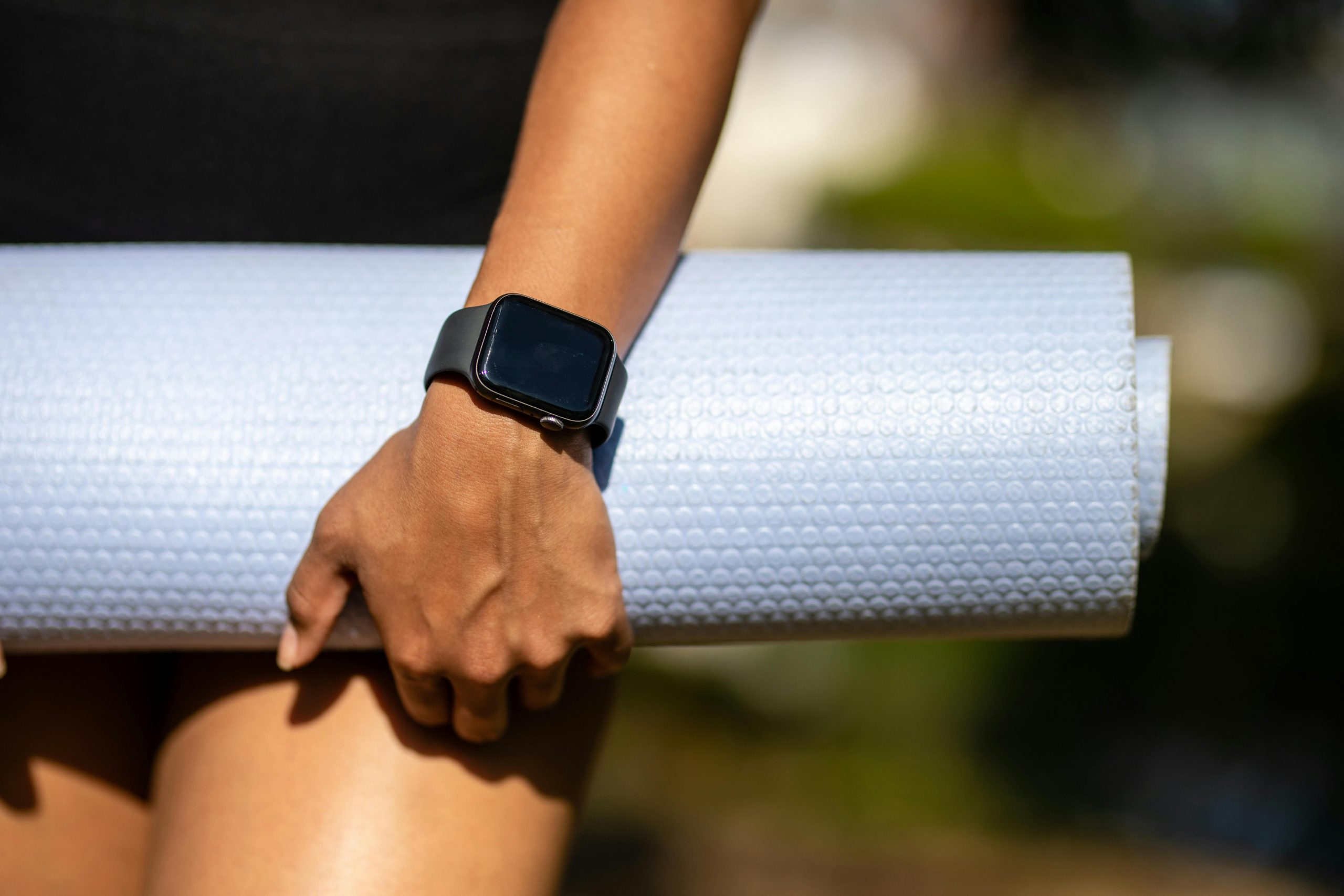How 6G Connectivity Will Change Wearable Devices
With the advancement of technology, we have witnessed a significant rise in the use of wearable devices. These devices have become an integral part of our daily lives, from fitness trackers to smartwatches, and even wearable cameras. However, with the increasing demands for faster and more efficient connectivity, the 5G network may not be enough to keep up. This is where 6G connectivity comes into the picture. The upcoming 6G technology is expected to revolutionize the way we use wearable devices, providing faster speeds and improved connectivity. Let’s dive into how 6G connectivity will change the game for wearable devices.
The Power of 6G Connectivity
Before we delve into the impact of 6G connectivity on wearable devices, it’s crucial to understand what makes this technology so powerful. The 6G network is envisioned to be around 100 times faster than 5G, with a whopping speed of 1TB per second. This ultra-high-speed connectivity will enable seamless data transfer and real-time communication, making it ideal for wearable devices.
Faster Data Transfer for Improved Performance
Wearable devices rely heavily on their ability to process and transfer data efficiently. With 6G connectivity, this process will become lightning-fast, ensuring a smoother and more accurate user experience. For instance, fitness trackers will be able to record data in real-time, providing athletes and fitness enthusiasts with precise and up-to-date information for their workouts.
Moreover, smartwatches and other wearable devices will be able to perform more complex tasks due to the faster data transfer. For instance, they may be able to run apps that were previously restricted due to bandwidth limitations. This will open up new possibilities for wearable devices and enhance user experience in various fields, from healthcare to entertainment.
Low Latency for Improved Response Times
One of the significant drawbacks of 5G connectivity is its latency. Latency refers to the delay between sending and receiving data, and for wearable devices, a delay of even a few milliseconds can significantly impact their performance. With 6G connectivity, the latency is expected to be reduced to just one millisecond. This near-instantaneous response time will enable wearable devices to process and deliver data in real-time, making them more efficient and reliable.
This low latency will also be beneficial for Augmented Reality (AR) and Virtual Reality (VR) devices, which require real-time processing of data. With 6G connectivity, AR/VR devices will be able to provide a more immersive experience, without any delay, making them more practical for applications such as gaming and education.
The Potential Applications of 6G Connectivity in Wearable Devices
As mentioned earlier, the introduction of 6G connectivity will open up new possibilities for wearable devices. Let’s take a look at some potential applications that we can expect to see with this technology.
Wearable Medical Devices
Medical wearables have been gaining popularity in recent years, allowing patients to monitor their health continuously and providing doctors with real-time data. With the introduction of 6G connectivity, these devices will be able to connect with healthcare providers and transmit data in real-time, enabling timely and accurate medical care. This will not only benefit patients but also ease the burden on healthcare systems.
Smart Clothing
The fashion industry has been exploring the concept of smart clothing for quite some time, with the integration of technology into everyday clothing. However, with 6G connectivity, smart clothing will become more practical, with the ability to process and transmit data in real-time. For instance, smart clothing may be able to monitor vital signs and communicate with healthcare providers during emergencies, providing an extra layer of safety for the wearer.
Wearable Assistants
With 6G connectivity, wearable assistants will become more advanced, with the ability to perform tasks more efficiently and accurately. These assistants can be integrated into various devices, from smartwatches and fitness trackers to smart glasses and wearable cameras. Users will have access to enhanced features and capabilities, such as real-time language translation or hands-free control of home automation devices.
The Challenges Ahead
While the potential of 6G connectivity in wearable devices is vast, there are still some challenges to overcome. The primary challenge will be the infrastructure required to support this technology. The 6G network will require more base stations and antennas, making its implementation more complicated and costly.
Moreover, concerns have been raised about the possible health hazards associated with the increased radiofrequency radiation emitted by 6G networks. This issue needs to be addressed to ensure the safety of users before the widespread implementation of 6G.
The Future of Wearables with 6G Connectivity
In conclusion, the introduction of 6G connectivity is expected to be a game-changer for wearable devices. With faster speeds and lower latency, these devices will be able to take on more advanced features and enhance user experience significantly. While there are some challenges to overcome, the potential applications of 6G connectivity in wearable devices are immense. The future of wearable technology certainly looks promising and exciting.









